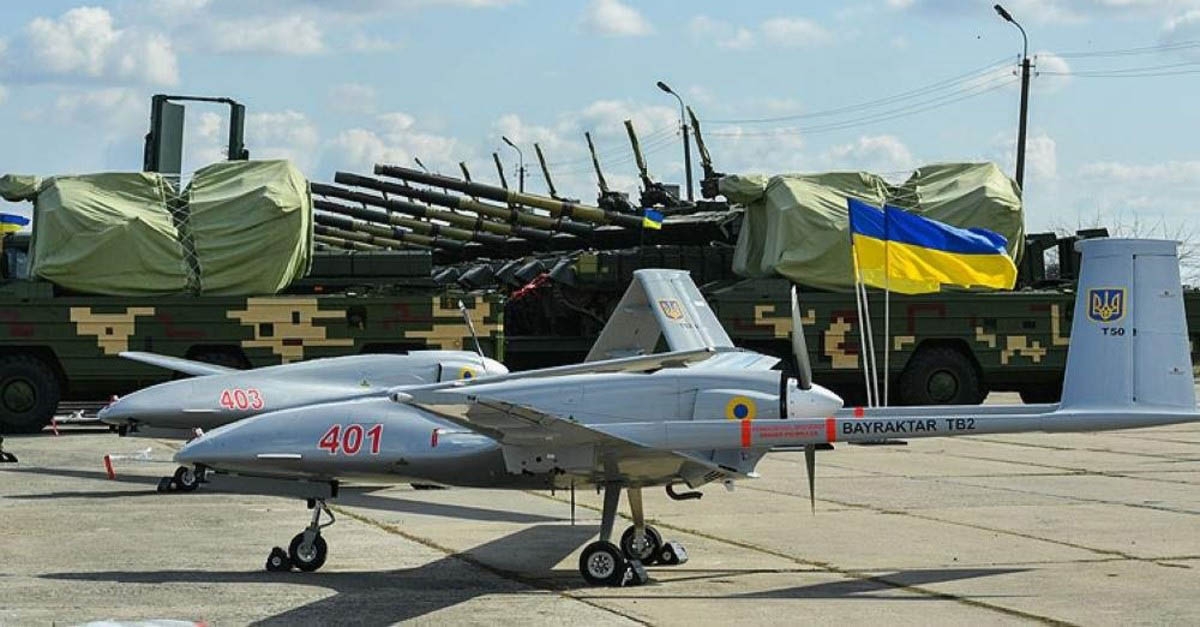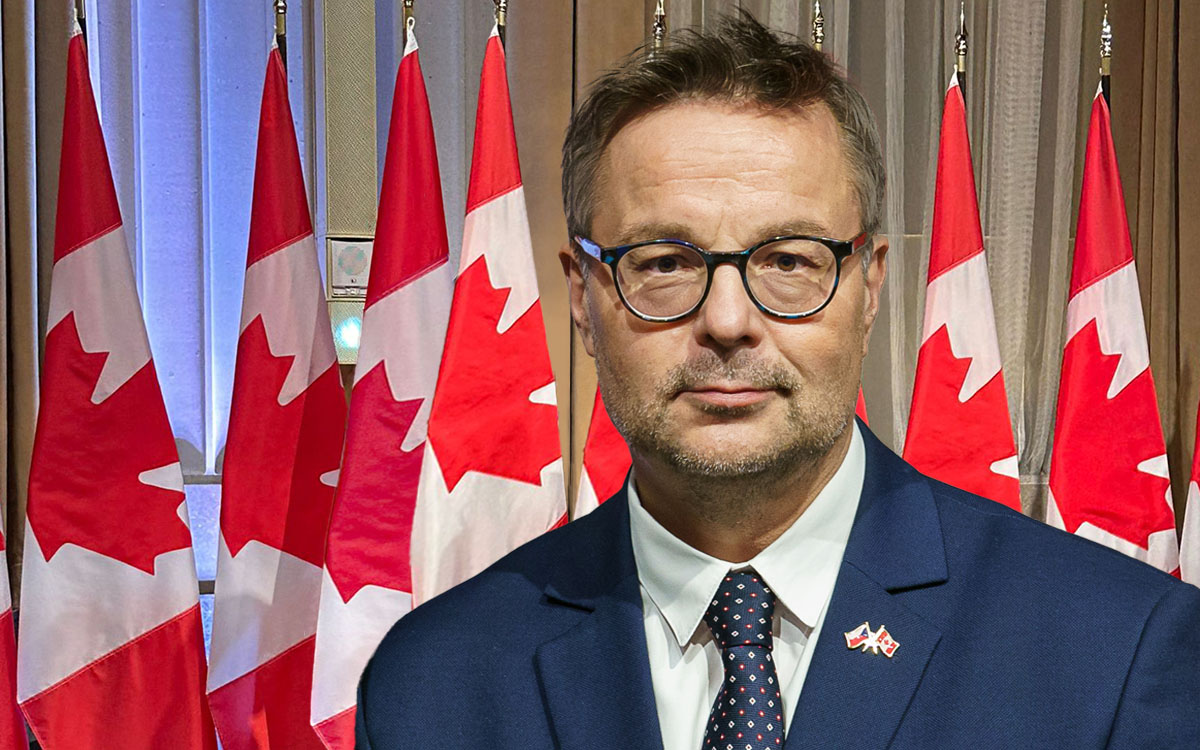
War in Ukraine highlights importance of drones in modern warfare
Photo: @herzogg96
The dogged resistance of the Ukrainian armed forces and the country’s territorial forces has gained much international attention in the last two weeks.
Ukraine is a unique conflict for a multitude of factors. The most significant is that, unlike recent western military operations in Syria, Iraq, and Afghanistan, Ukraine is a full-blown conventional war between nation-states. Heavy assets are involved on both sides, including fighter aircraft, tanks, armoured personnel vehicles, and heavy artillery. Not only are these weapons being used, but they’re also being deployed in conventional battles lines, something that rarely happens when fighting an insurgency or a guerilla war.
The main hero of the Ukrainian forces has been precision ammunitions, including the Javelin missile and NLAW. Both are guided high-yield rocket systems that can destroy a vehicle by tracking its movements and changing course mid-flight.
For 20 years, the United States has used its Predator drone program to track, target, and eliminate high-value targets, including al-Qaida commanders but drone warfare is new to the conventional battlefield.
The first significant conventional battlefield use of the weapons came in 2020 during the second Nagorno Karabakh war. In a situation that parallels Ukraine but on a smaller scale, Azerbaijani forces moved to recapture the disputed non-recognized state of Nagorno Karabakh from its ethnic Armenian defence forces and the Armenian military. The Armenians won the war in the 90s with Russian military support but could not muster the technology to succeed during the second conflict. At the beginning of the 2020 battle, the Azeri armed forces quickly flipped the dynamic due to aid from their Turkish cousins in the form of Bayraktar TB2 drones. Videos posted regularly during the war showed Armenian forces simply unaware of the threat looming above them, only to be annihilated by a precision missile strike. It gave the Azeris a massive tactical advantage to secure victory.
The same dynamic is playing out again on a much larger scale in Ukraine. In 2014, the Russian armed forces occupied Crimea without any resistance because of the abysmal state of Ukraine’s military.
The Ukrainian army of 2022 is a different beast. It has invested billions of dollars into creating a modern and sizeable defence force. Ukraine has also purchased and deployed Turkish Bayraktar drones. In addition, Ukrainian President Volodymyr Zelenskyy signed an agreement with Turkish President Erdogan to produce the drones domestically.
With an operating ceiling of 27,000 feet, the ability to carry 330lbs of munitions, and the precision targeting equipment made by Canadian company L3Harris Wescam, the Bayraktar drones give the Ukrainian military several tactical advantages. The first is the ability to conduct high-risk reconnaissance operations over Russian areas without risking a human operator or a plane—a massive risk neutralizer given the abundance of surface to air capability of the Russian forces. The second is to strike Russian assets with laser-guided precision directly. This ability has been a godsend for the Ukrainian armed forces, who have been able to destroy columns of Russian tanks, resupply vehicles, mobile anti-aircraft vehicles, and artillery positions with the aid of the Turkish-made drones.
Another factor not mentioned is the casualty mitigation resulting from using these weapon systems. In modern warfare, civilians often suffer the brunt of casualties because of indiscriminate shelling and bombing. However, with the application of drone technology to the conventional battlefield, Ukrainian forces can mitigate civilian casualties by ensuring the unmanned vehicles strike only military targets.
Their Russian opponents are notorious for being indifferent and intentional during operations, killing tens of thousands of civilians in military operations since the fall of the Soviet Union.
Ukraine has shown the world that conventional wars will not be won with the Russians’ traditional might found in its million-man army. Advanced targeting systems have made the tank a relic of the past, as the Ukrainian military has stalled Putin’s armour on the ground.
This conflict has shown that having an advanced drone capability such as what Turkey has provided Ukraine may be one of the ultimate equalizers on the modern battlefield, offering smaller states protection and a level of force parity with their larger opponents.









